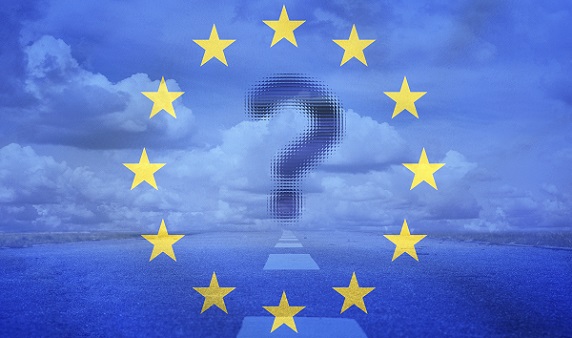Table of contents
In 2016, the Delegated Act on safety features was published, introducing tough laws that enable harmonized, European-wide measures to rigorously control the safety and supply of medicines for human use. This part of the EU Falsified Medicines Directive (EU FMD) specifically outlines how pharmaceutical companies, parallel importers, wholesalers, and pharmacies must all address—and meet—three extensive requirements by February 9, 2019:
1. Serialization
Serialization must happen at the secondary or
To enable serialization, verification, and government reporting, EU FMD requires that manufacturers mark packages with four data elements—a product identifier, serial number, lot or batch number, and an expiry date—all of which must be stored in a GS1 2D DataMatrix code.
A fifth data element may also be added to the package based on a particular member state’s legal requirements, such as a national reimbursement number to help with reimbursement of
To ensure that your product can accommodate the new code, you’ll have to evaluate your product artwork. In Europe, this is particularly critical for multiple market packs that may have to meet disparate artwork regulations in different European countries. In some cases, for example, you may need to have two or more 2D matrixes included
2. Verification and Safety Features
Verification – the process by which product must be verified at one or more stops along the supply chain. By law, this point-of-dispensation verification is required—pharmacy dispensers must verify drug product identity prior to dispensation. For example, the legitimacy of a barcode serial number on a sales pack in a pharmacy can be confirmed by comparing it to data that’s stored in a national repository serving that country.
Safety features – elements such as anti-tampering devices and barcodes carrying product and pack data are incorporated into a medicinal product’s packaging and identification to facilitate verification. Safety features under EU FMD contain two parts related to the packaging and identification of a medicinal product for human use:
- A unique identifier encoded in a 2D barcode enables identification and verification of each pack.
- Anti-tampering technologies determine whether product packaging has been compromised. The law does not specify which anti-tampering devices must be included
on the pack.
3. Compliance Reporting
On its journey from production to dispensation, a serialized drug package triggers certain compliance reporting activities for the marketing authorization holder (MAH). These focus specifically on the product and its market package, including product code, lot or batch number, expiry date, doses per pack, target markets, and serial number.
This information must be submitted to the European Medicines Verification System (EMVS) for all applicable medicine packs intended for sale in the market. In some cases, such as for parallel importation, reporting is also required by supply chain partners.
Data retention is also a key provision for the MAH, with EU FMD requiring that each MAH
In terms of how information is shared with a government system, EU FMD compliance reporting for
- The collection and preparation of master and serialized pack data.
- An understanding of how to manage notifications governing each target market for each product shipped into the market.
- Management of master data, serialized pack data, product status, and exceptions through the European hub.



